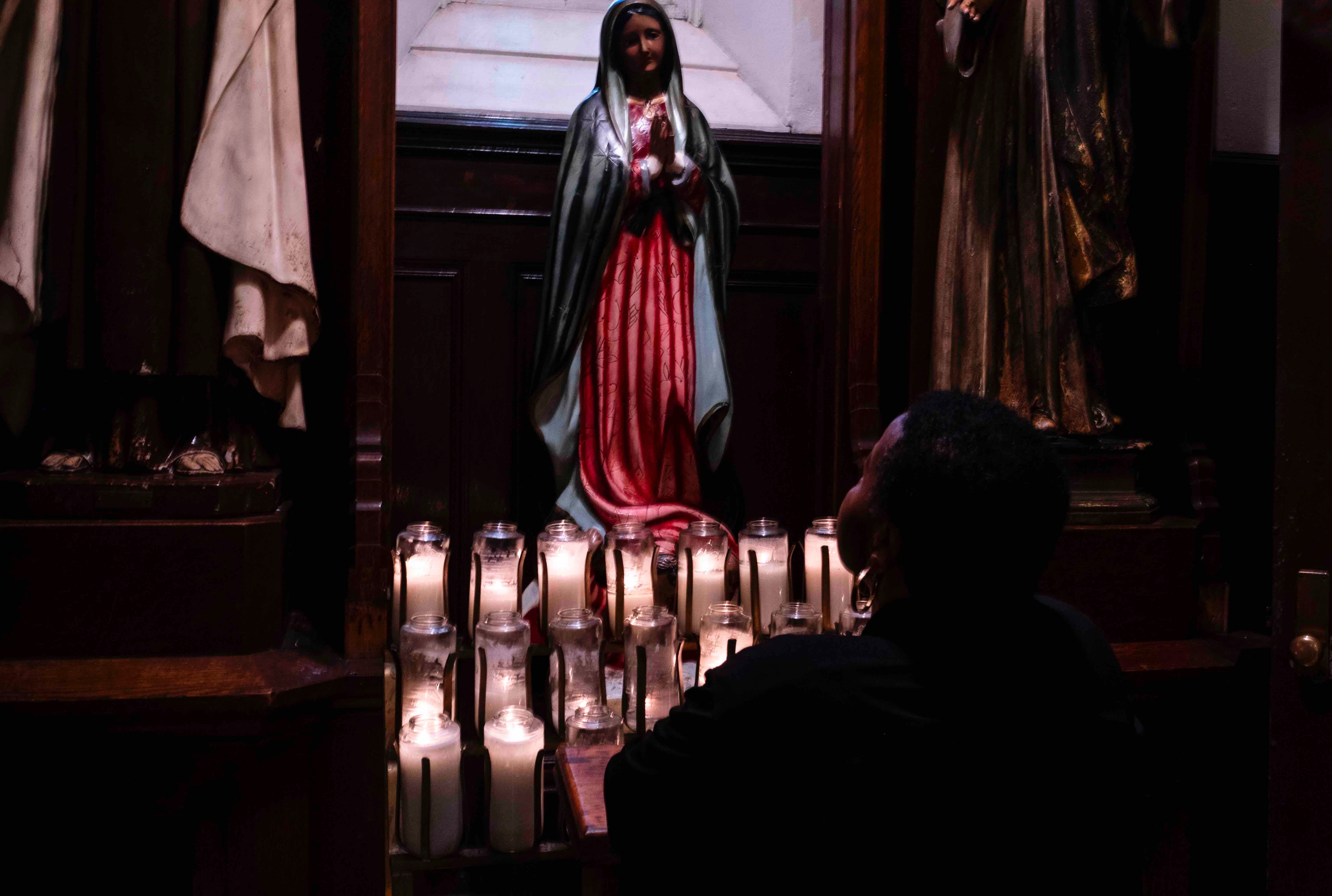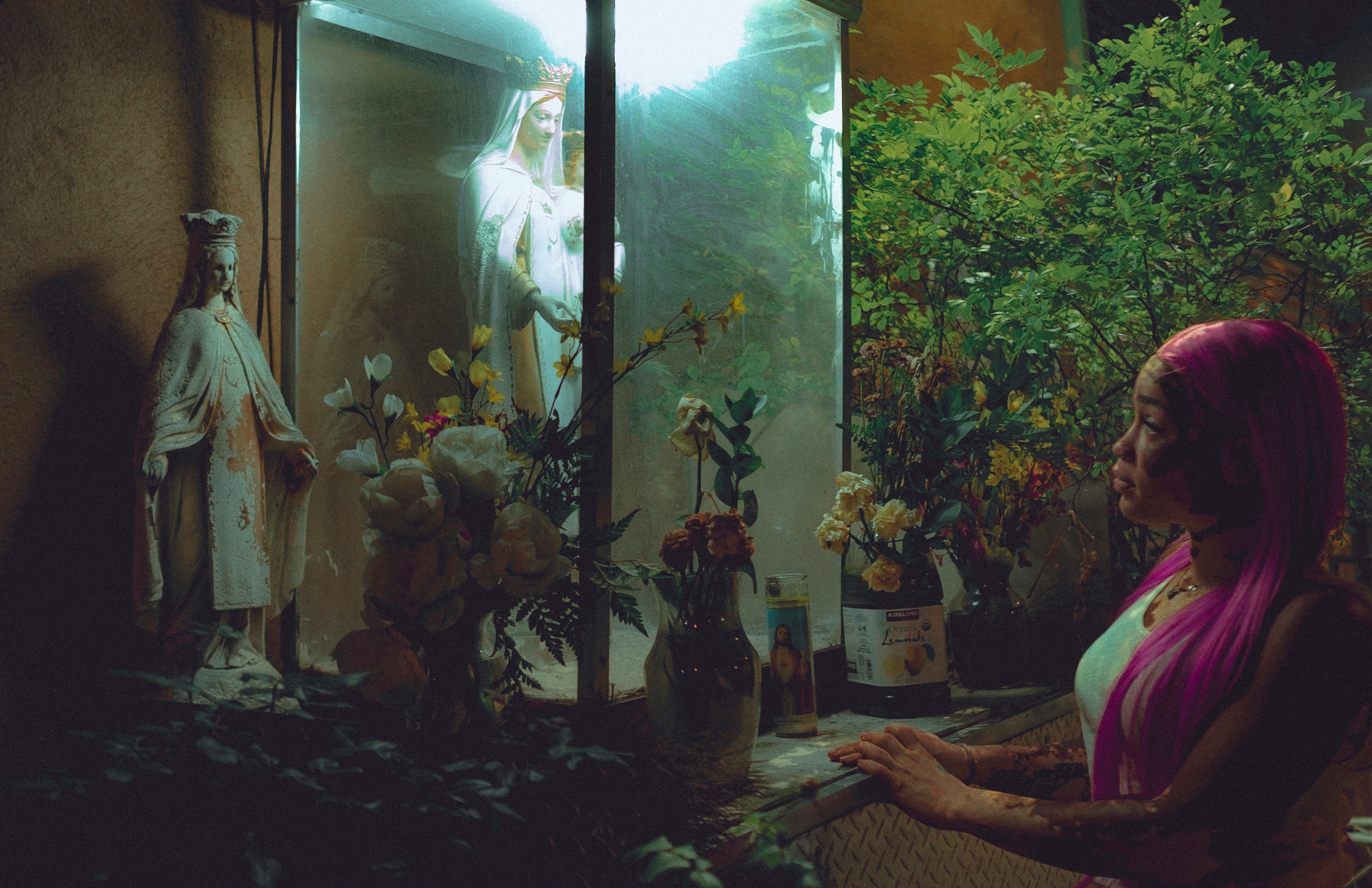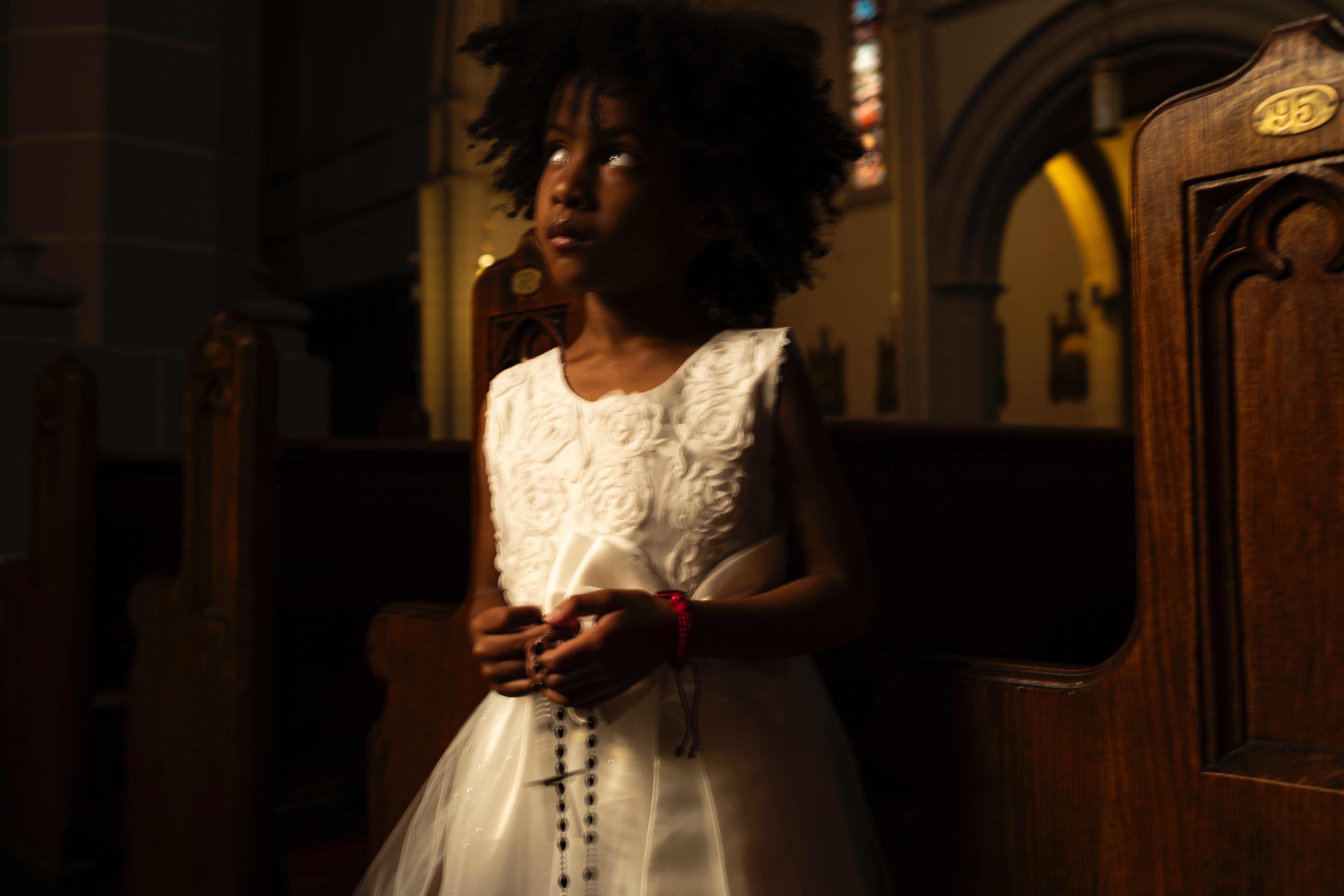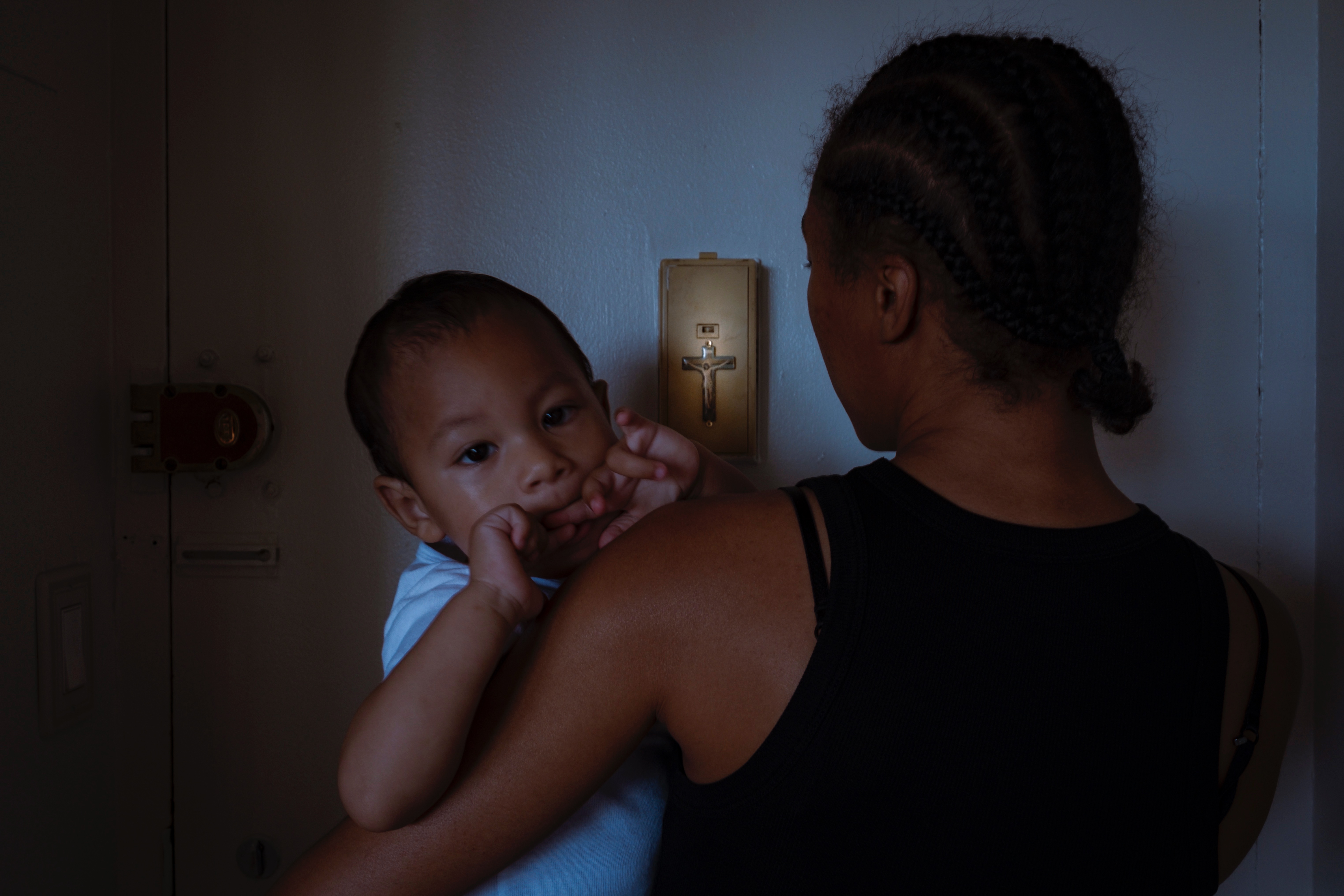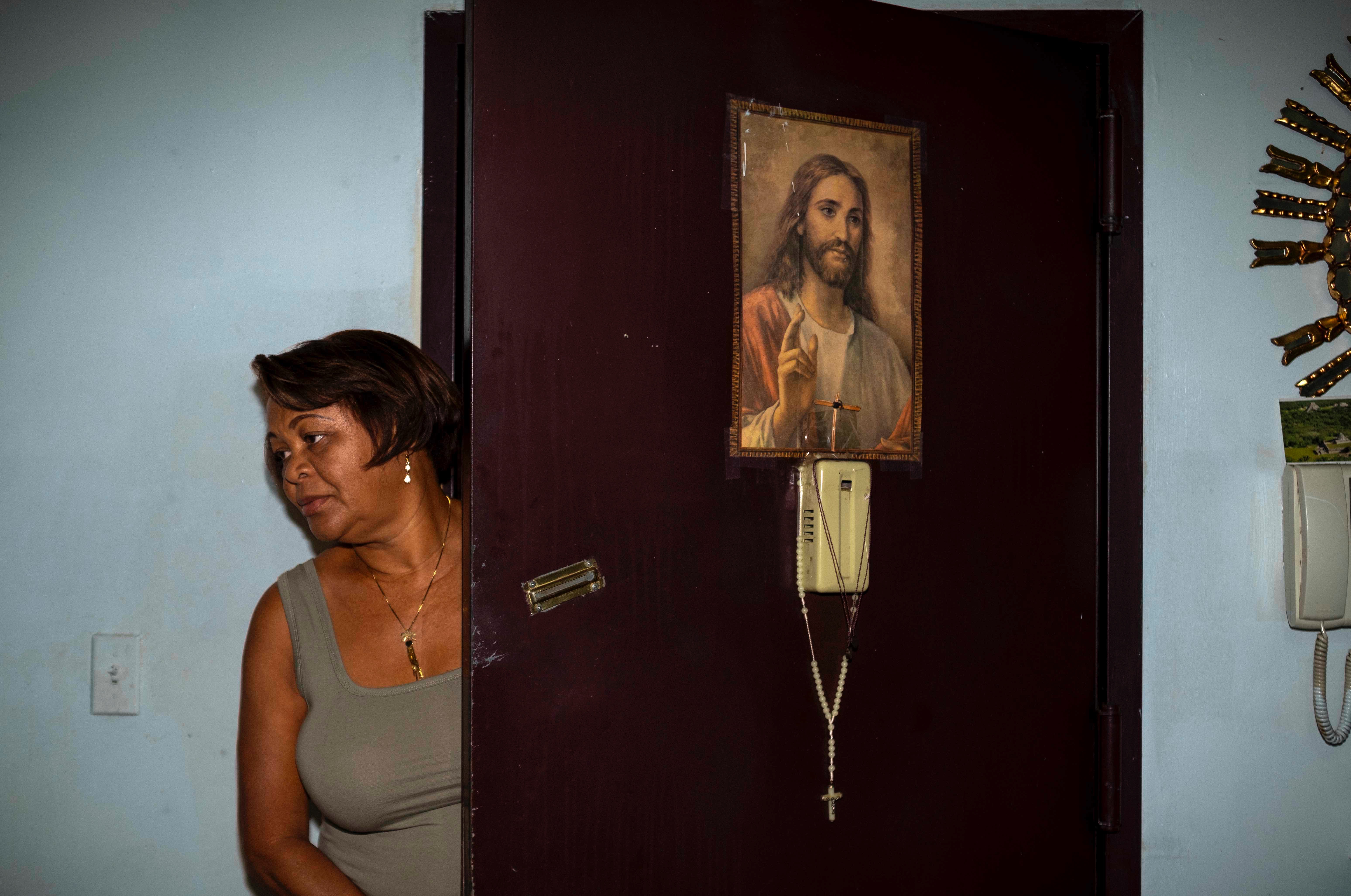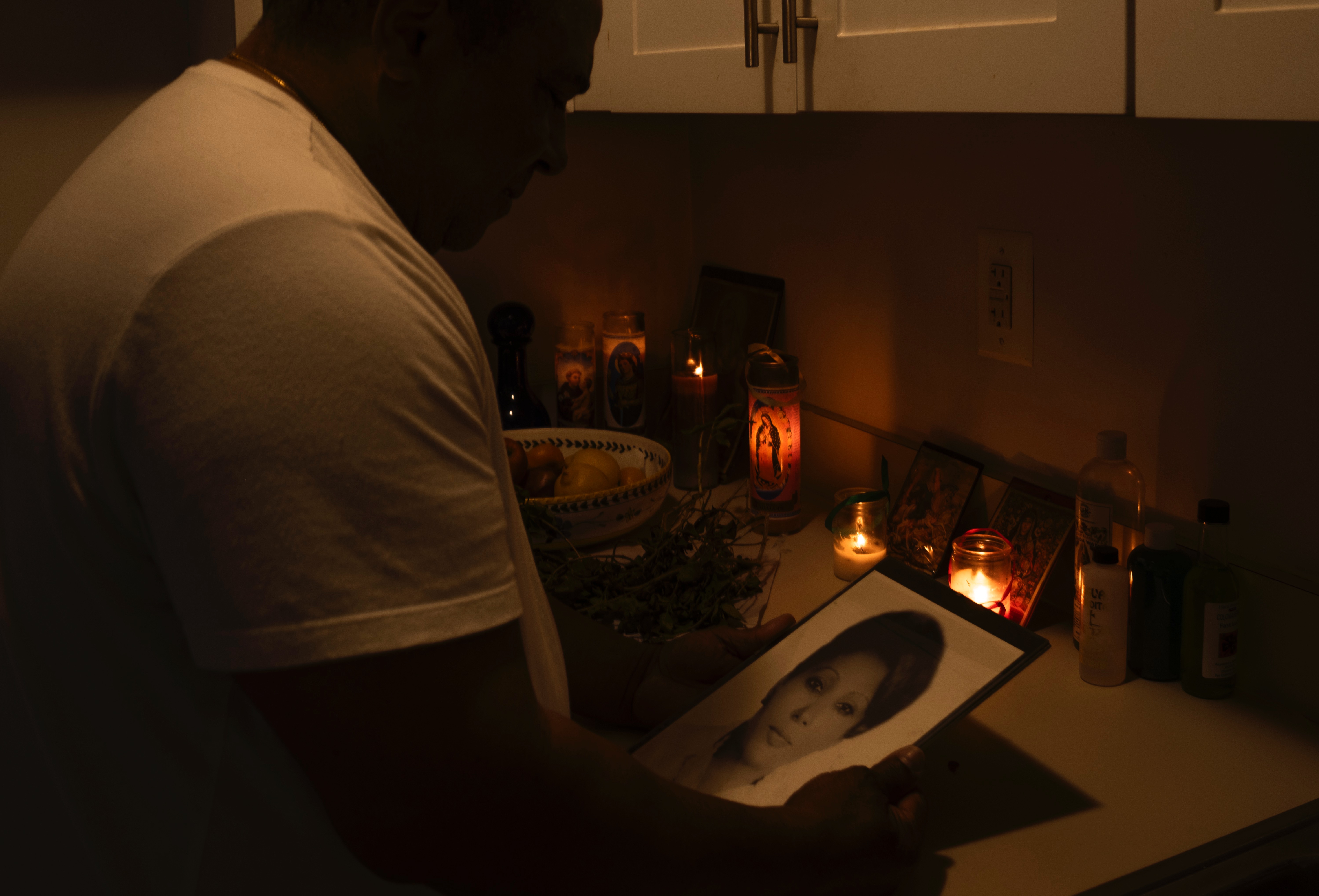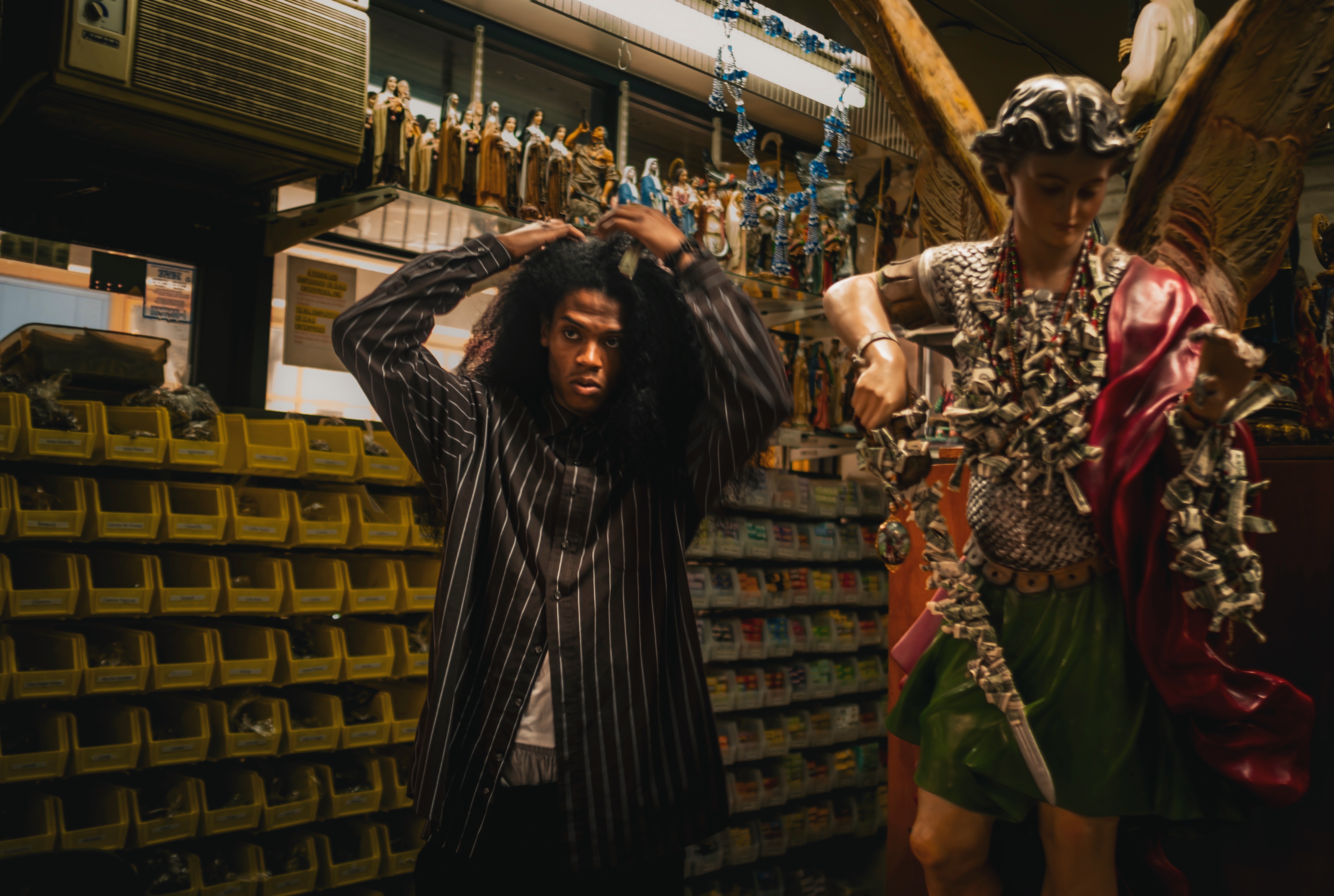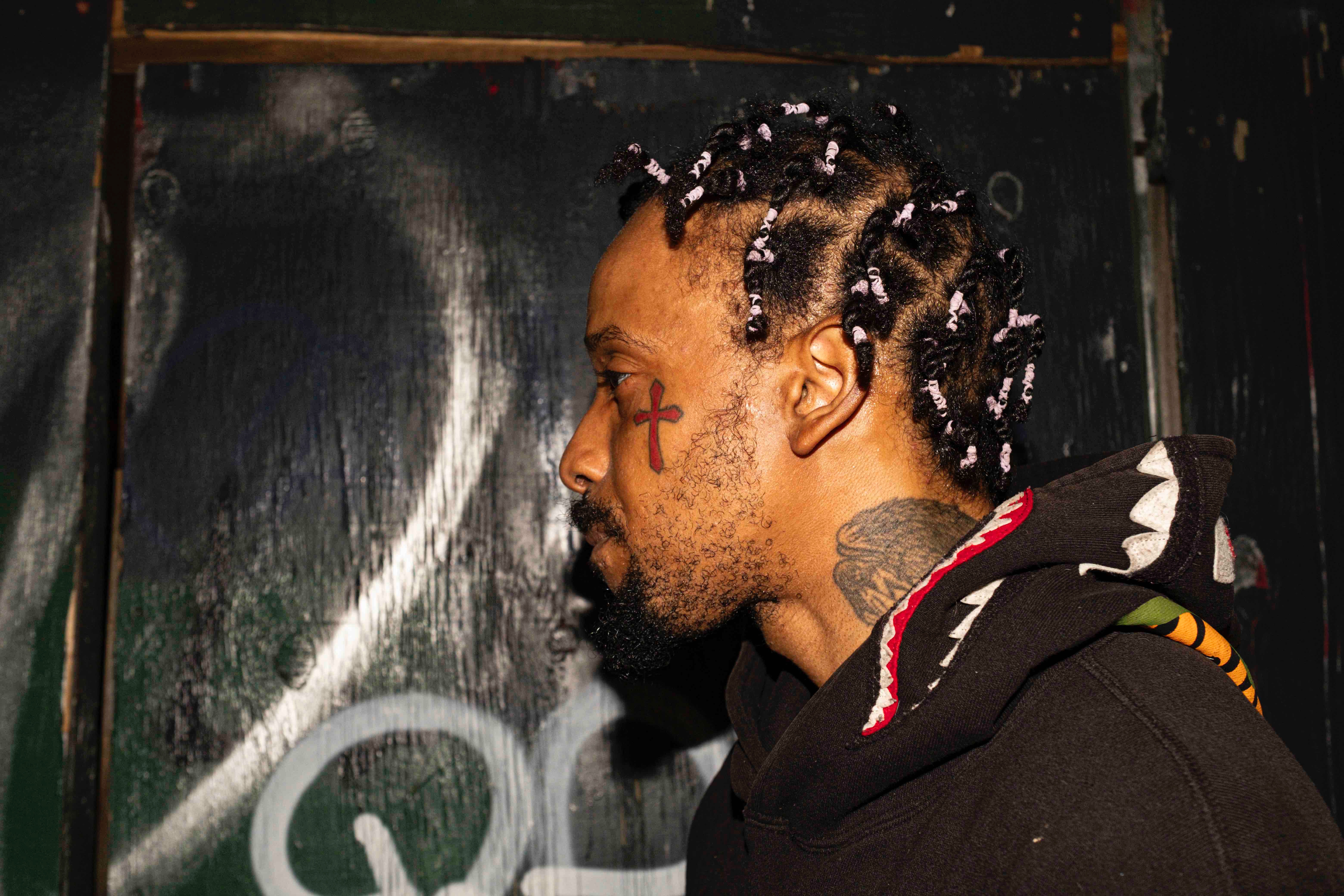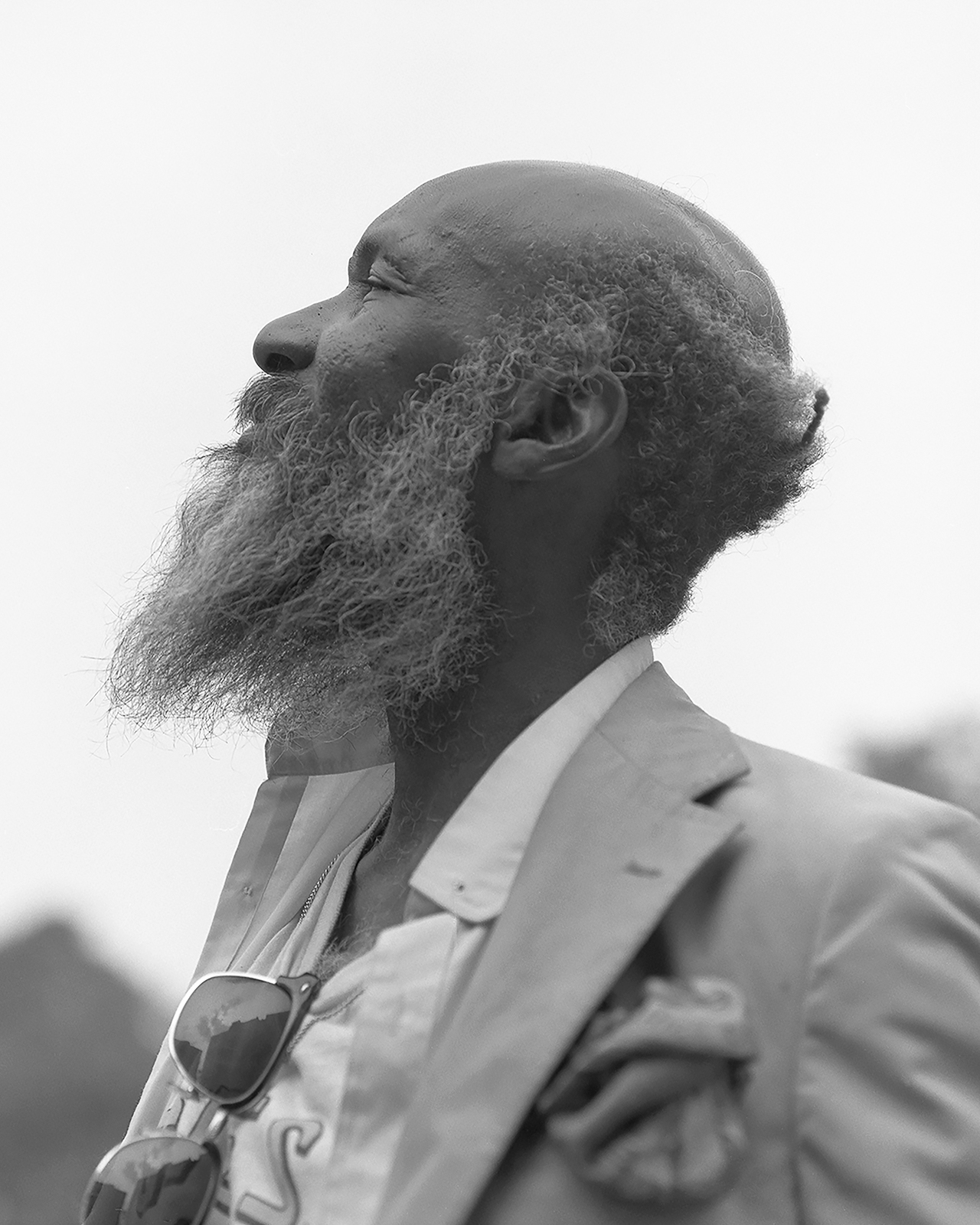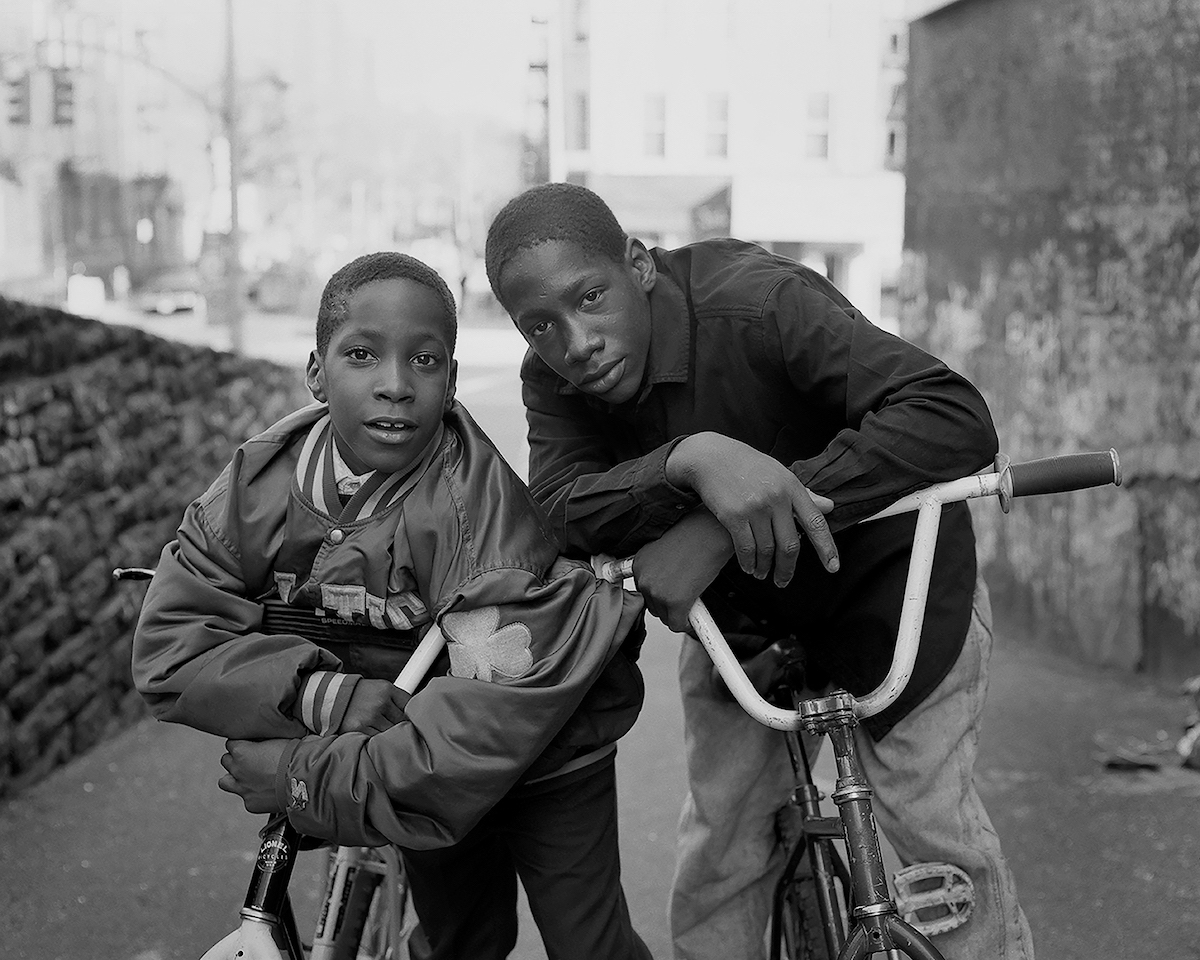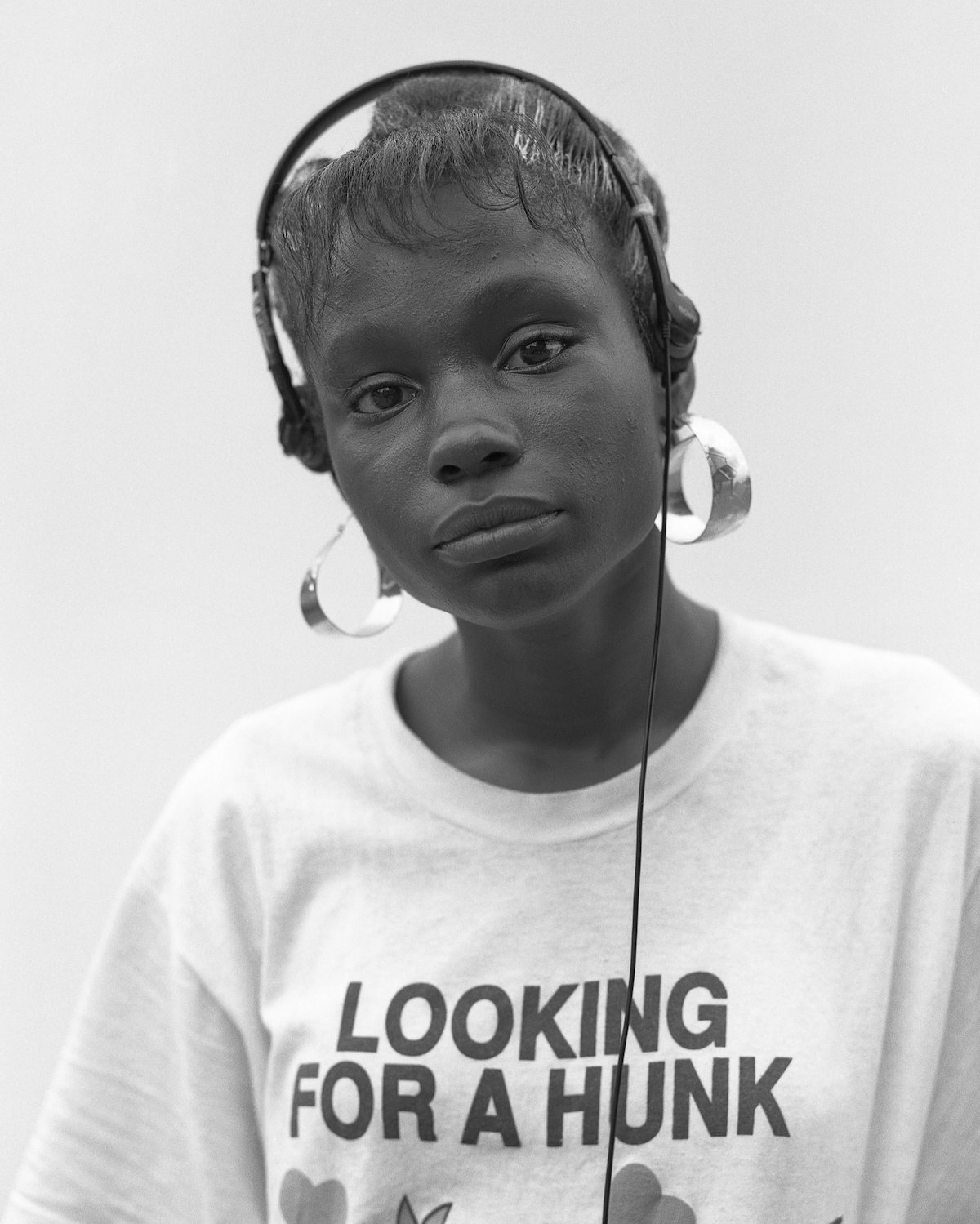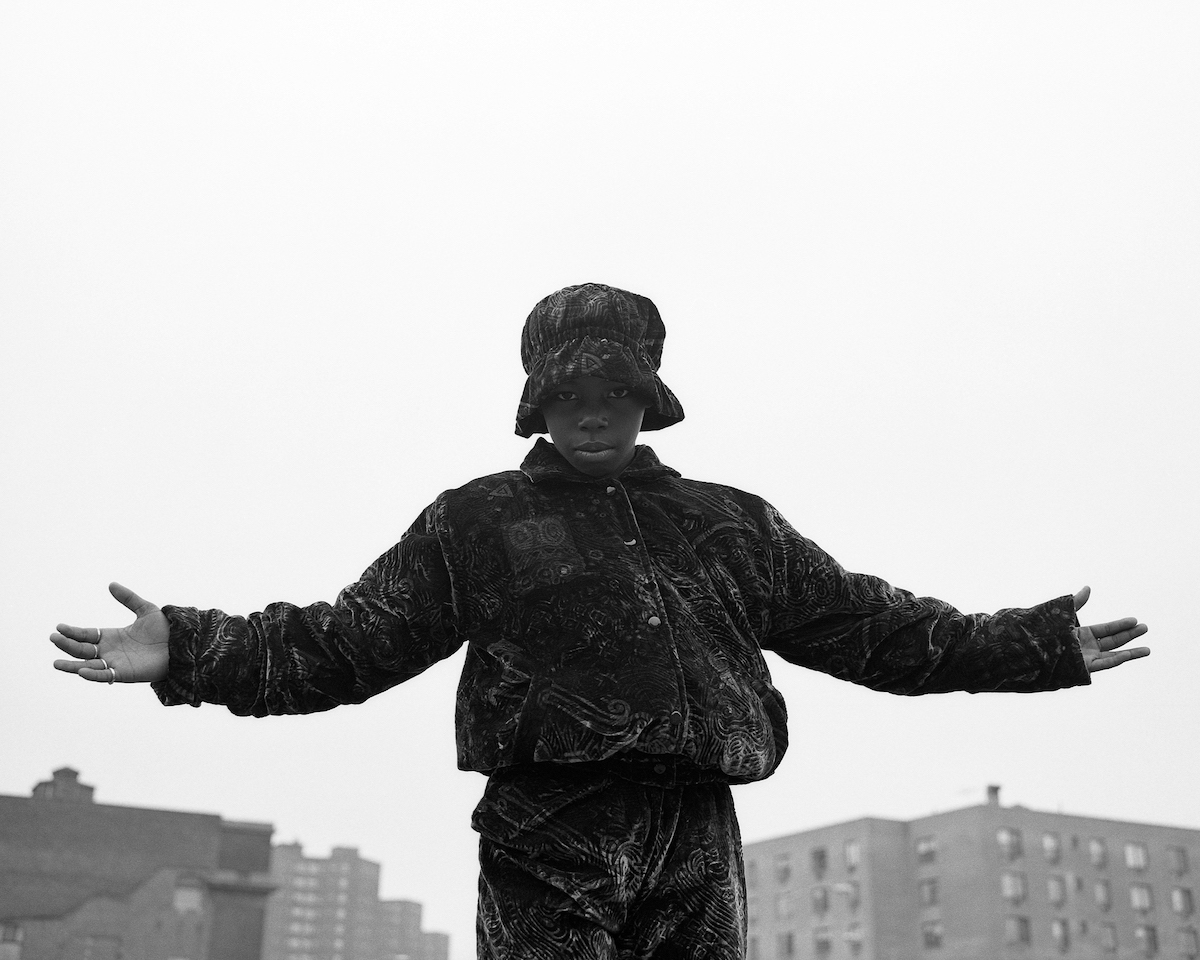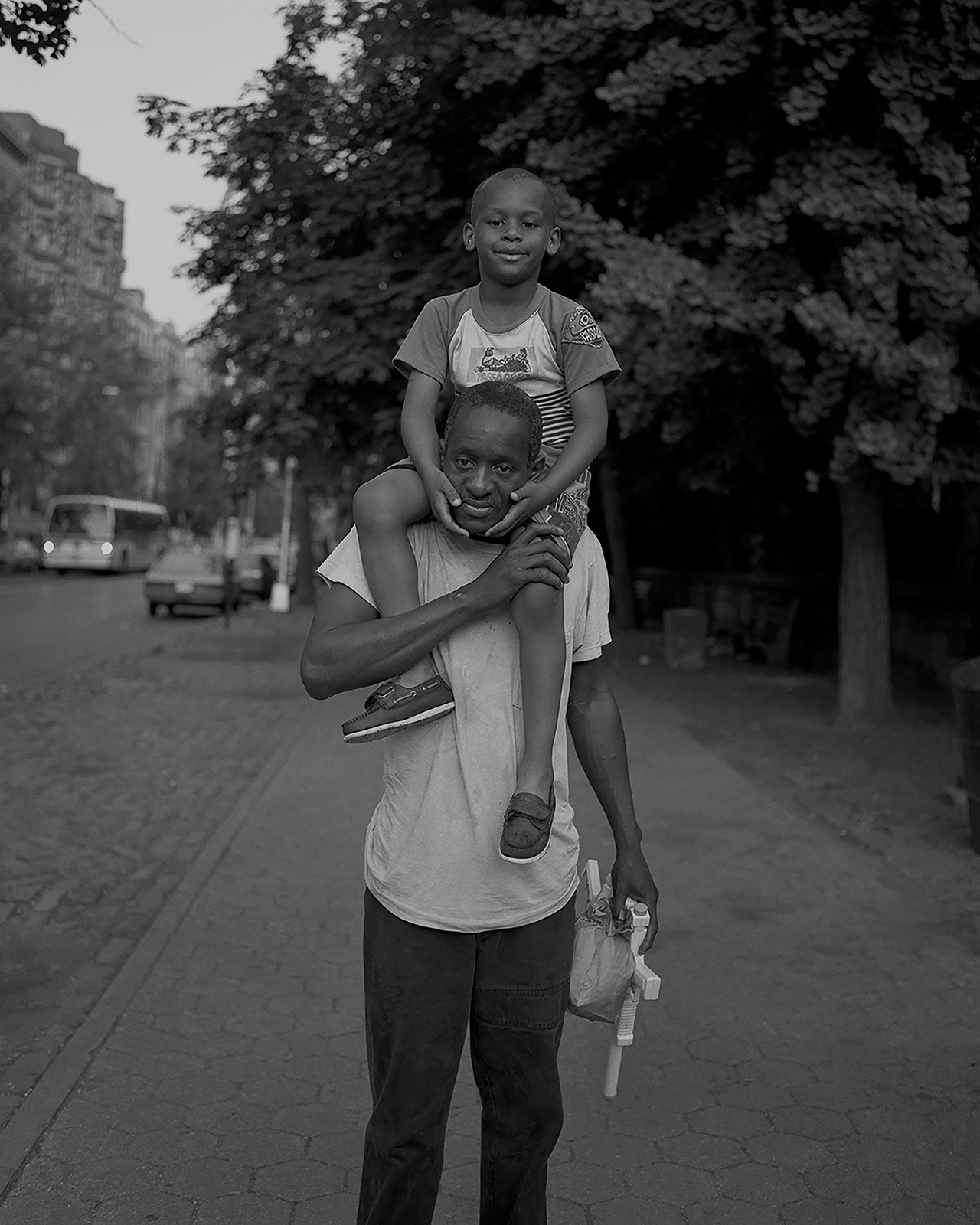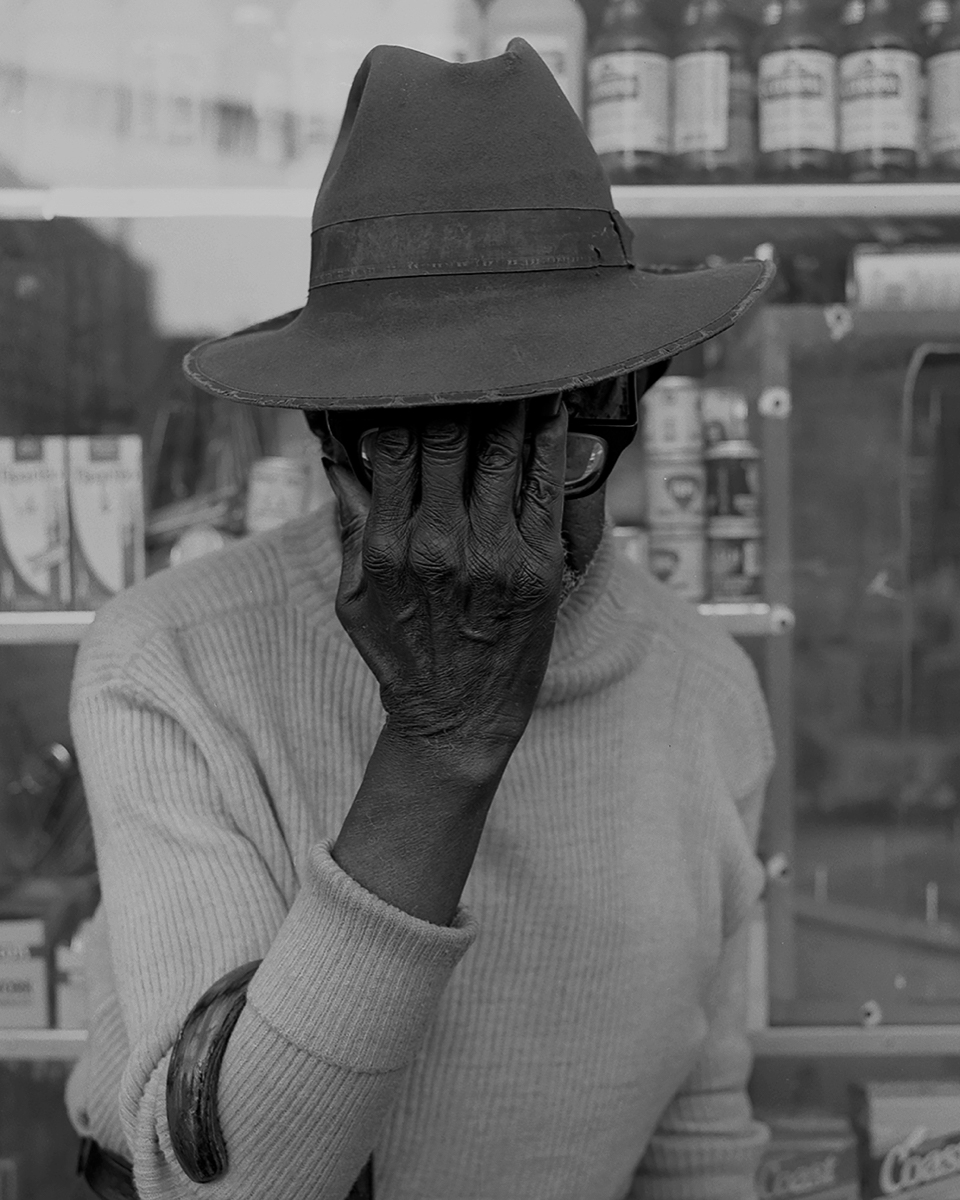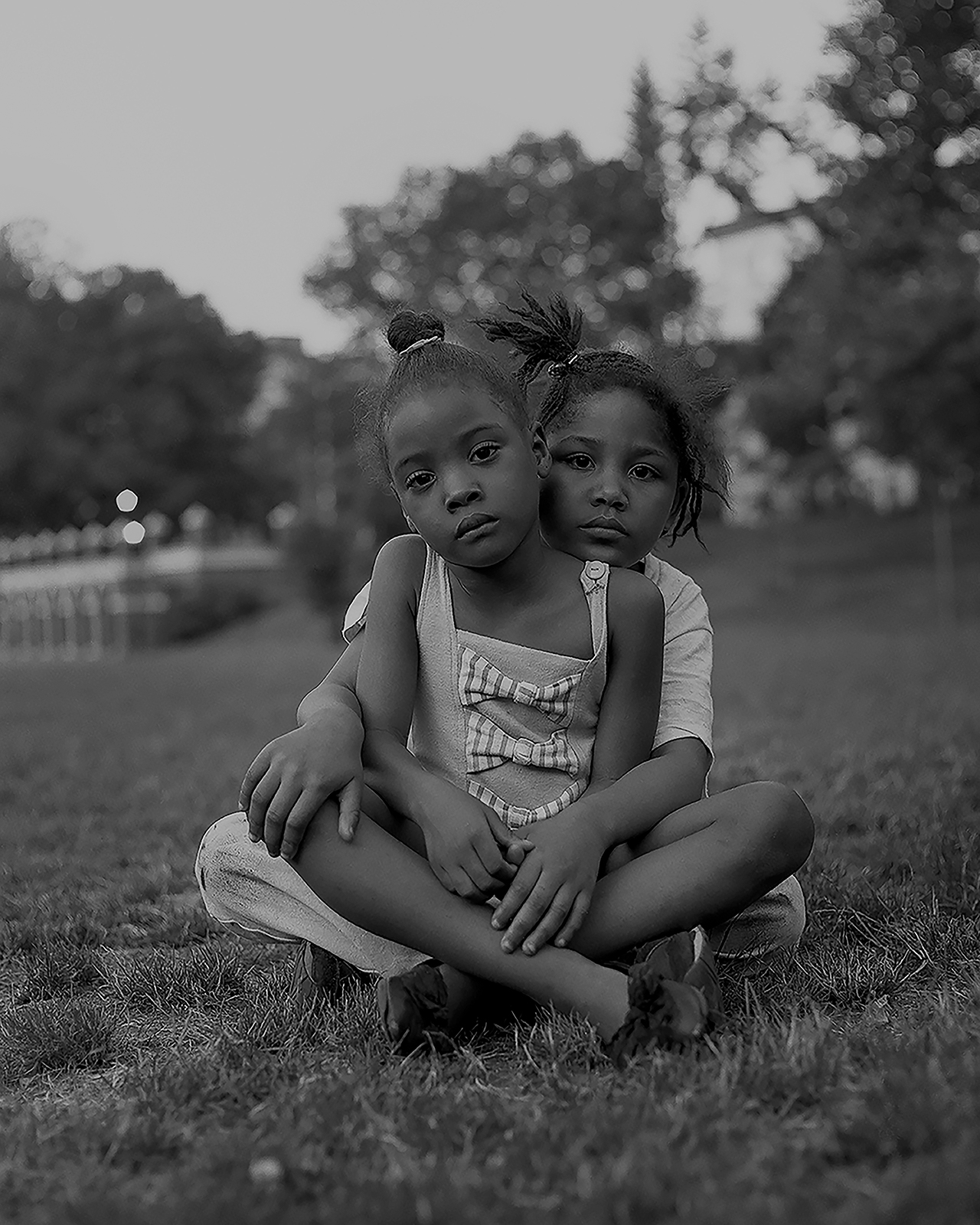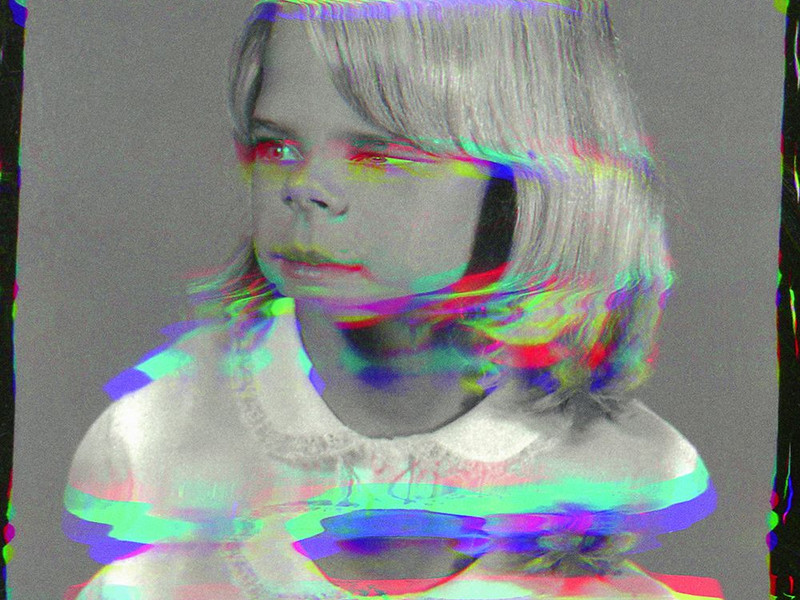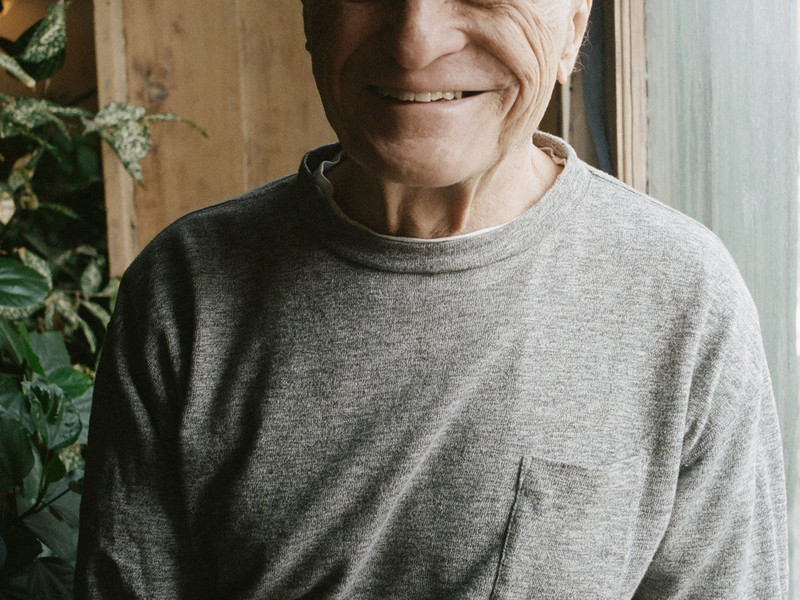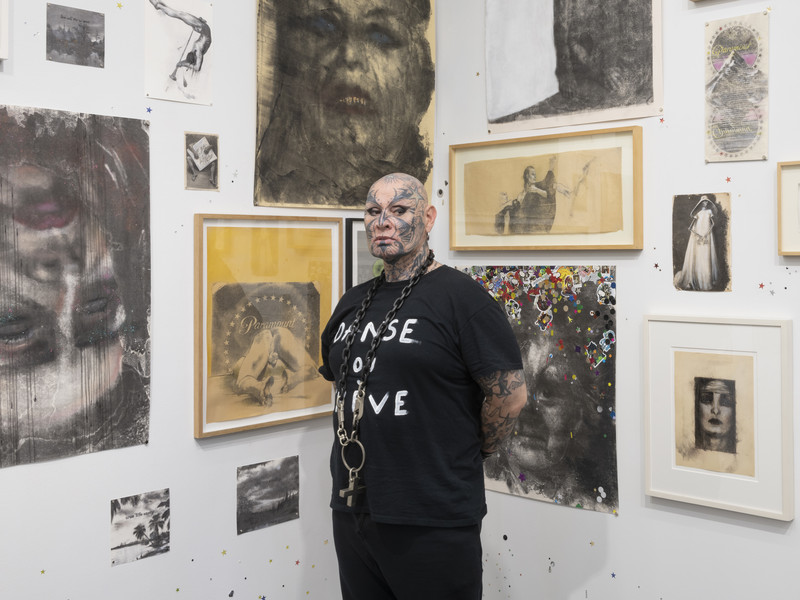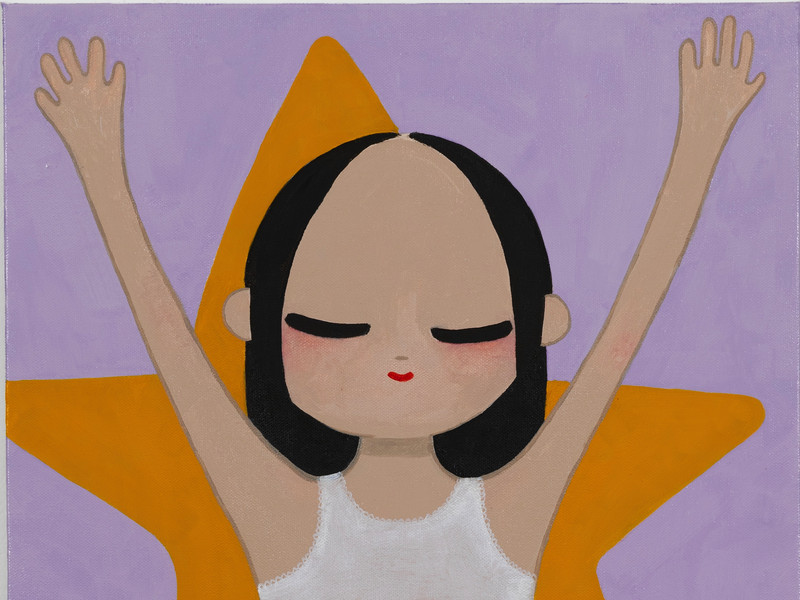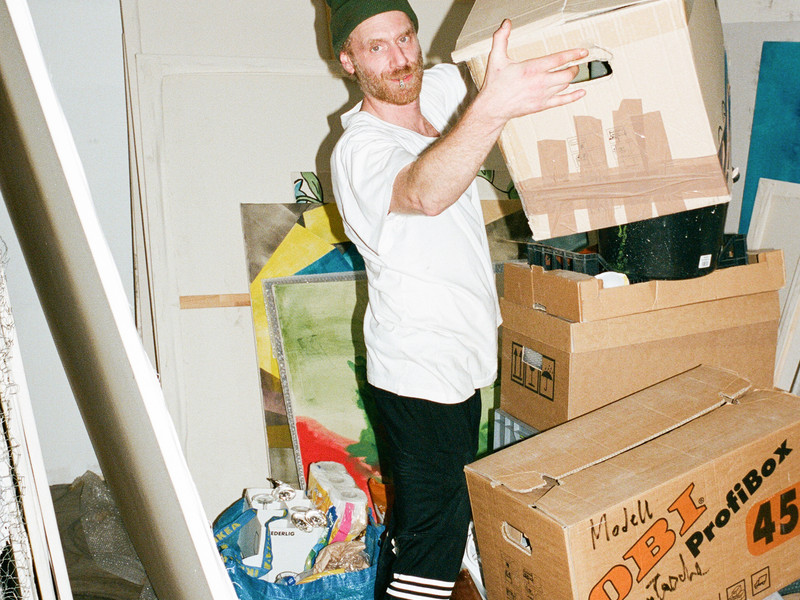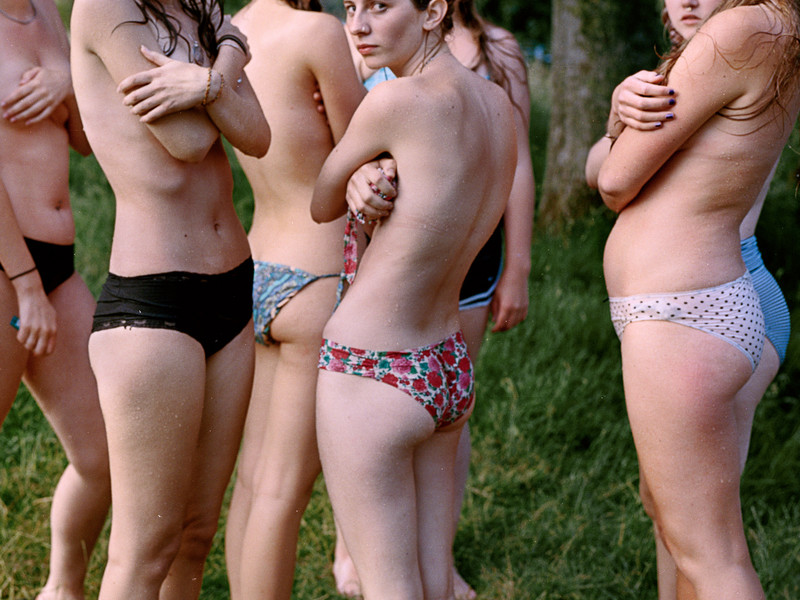Faces of Harlem Transcends Time
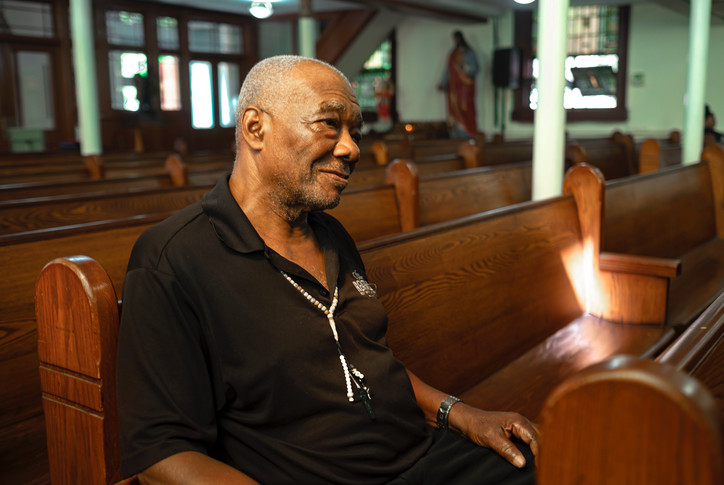
Returning for its third year with another series of portraits documenting the Harlem community through public outdoor exhibitions, the organization expanded the number of featured youth photographers this year from three to five. Now registered as a 501c-3 nonprofit, their mission is to provide accessible, cross-generational cultural experiences for communities of color. “We should invest in the medium of photography today, and make sure that we don’t erase our own histories because gentrification is happening before us,” Sade says. “Harlem has been gentrifying so quickly.” Sade, who moved to Harlem in the 90s, sees a parallel between the aims of her work as Chief Curator of Faces of Harlem and the preservative legacy of work by artists like Gordon Parks. “There is no permanency – years down the line, these people may not be there, these places may not be there — but photography is like augmenting time geographically, historically. When we look at photos from 40, 50 years ago, we’re in awe. But that work is happening right now in contemporary photography.”
Photos by Kaila Burke-Ozuna
Photographer Kaila Burke-Ozuna was a part of the Faces of Harlem exhibition in 2022, posing with her father for a portrait by Xavier Scott Marshall. When she realized that the photographers were selected from an open call, she decided to submit herself, leading to an unexpected friendship with Sade. “We talked on the phone after I sent my application, and we ended up being like, ‘Oh shit, we live like three blocks away from each other!’ This woman has been here in my neighborhood for all these years! We just really hit it off, and in the last couple of months, she's turned into a type of life mentor.” This year, Kaila’s work was featured in the exhibition at Morningside Park. She describes her work as “an ode to folk Catholicism and faith in Afro-Caribbean communities in Harlem."
Placing artists and their works in intergenerational conversation with one another is another guiding principle of Faces of Harlem. Japanese-born photographer Katsu Naito moved to Harlem in the 1980s, and has documented for the nearly forty years since. He originally lived on W 112th Street and St Nicholas Avenue, the same block Kaila would grow up on two decades later before the two would exhibit their photos alongside each other.
Photos by Katsu Naito
Sade hopes that as people recognize the archival value of the exhibition, Faces of Harlem will be able to obtain greater financial support from arts institutions. “Funding obviously is key, from organizations and corporations. Unfortunately that has been lacking and it continues to be lacking because what I have seen is that funding is given to bigger organizations which are not necessarily non-profit and not really serving the community in this kind of way,” she says. “From a historical perspective, years from now people will go back and say, ‘Oh my God, we've created a record of who these people were.’ But it takes many, many years for people to appreciate and recognize these kinds of projects.”
Sade and her Co-Curator Madeleine Budd sought to make the works as accessible as possible to a wide audience, inspired by the artistic history of the Harlem Renaissance and the diverse multicultural vibrance of Harlem’s residents.
Uninhibited by the spatial boundaries imposed by a traditional gallery space or arts institution, Faces of Harlem’s street exhibition model allows it to reach members of the community who may not have sought out the arts themselves. Setting the photographs outside of the park allows the exhibition to belong to the public. This “for us, by us” ethos informs the open call and consideration process as well, prioritizing clarity and authenticity of vision over the orthodox and often prohibitive criteria of the fine art world.

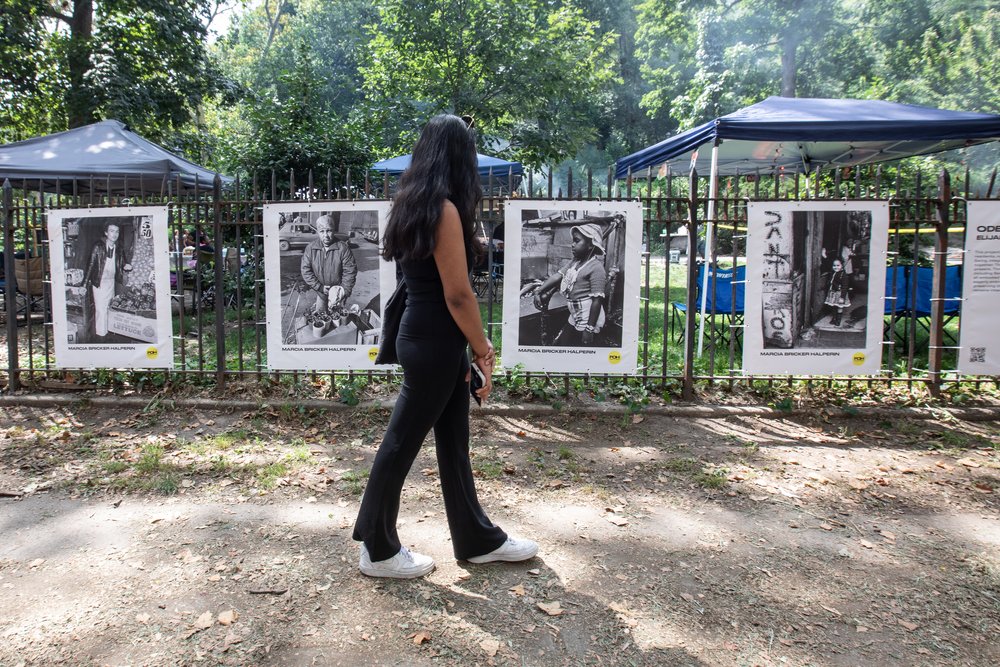
Installation photos by Alex Bershaw
A full list of 2023 Faces of Harlem contributors can be found on the Faces of Harlem website.
